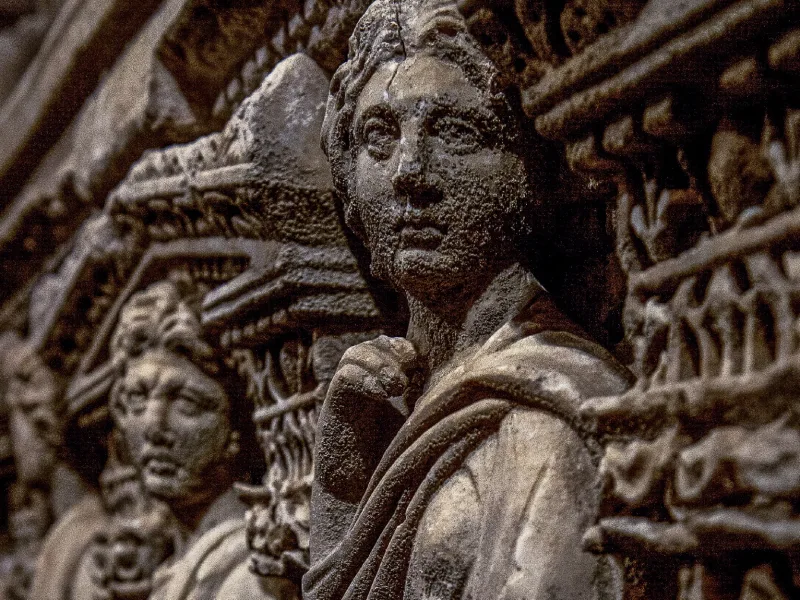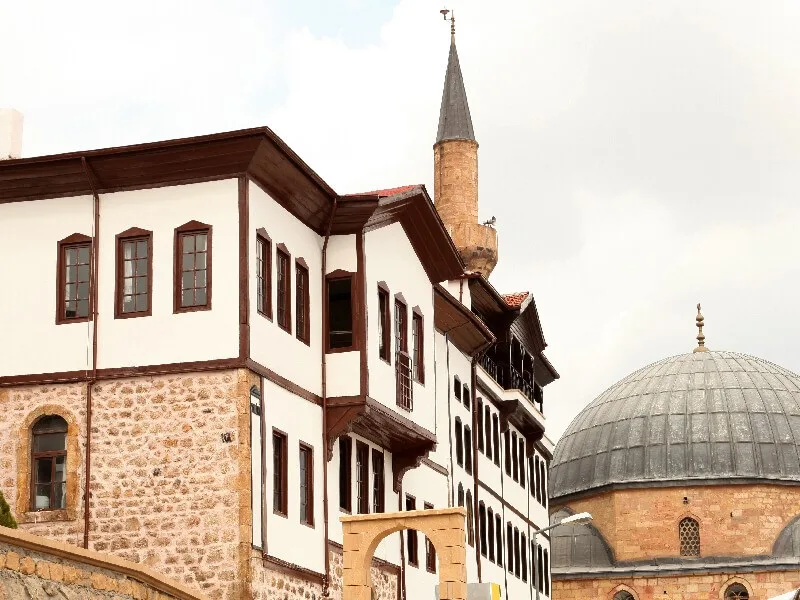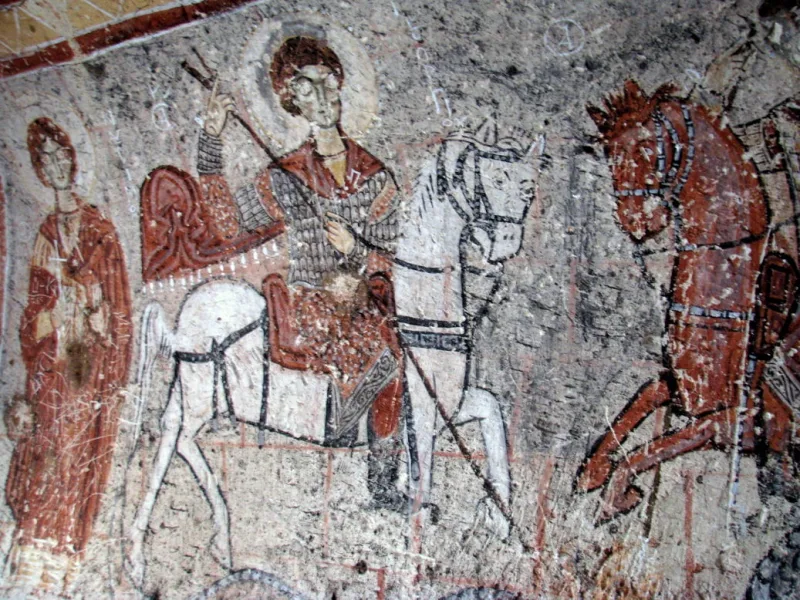Manisa is one of the most important cities of the Aegean Region. Besides amazing everyone with its natural beauties, it also has a longstanding and deeply rooted history. The fact that the city is close to İzmir . According to ancient sources, the founder city of Aegean is Manisa, in fact. Consider the following as we trace history:
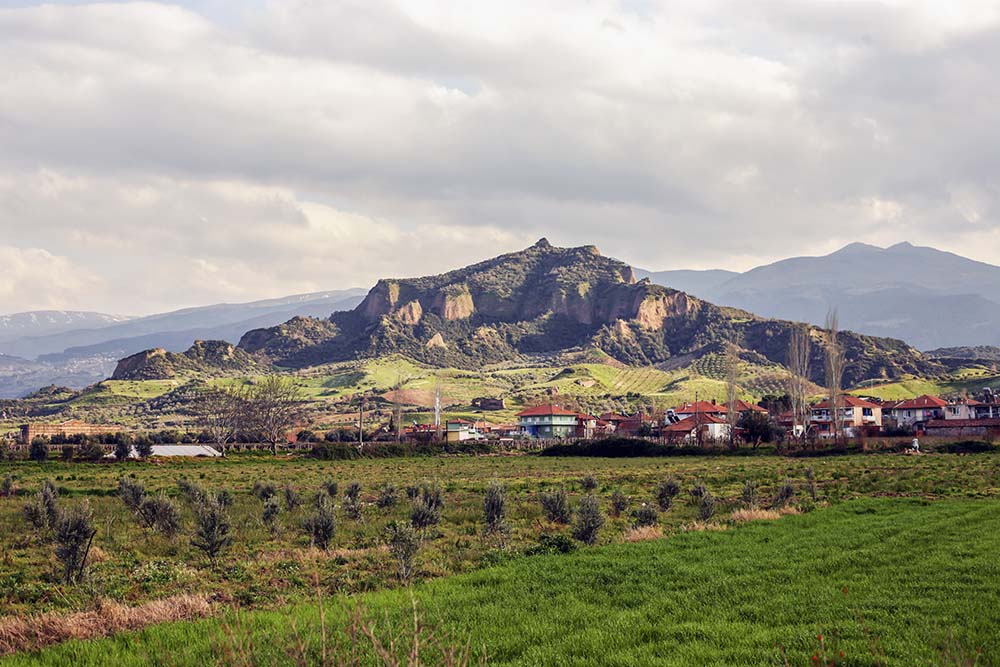
Temple of Artemis, Sardes Ancient City.
- Traces from Burnt Country are seen here.
- Kybele Rock Monument from the Hittite Period is here.
- The capital of Lydia, which created the first money ever in history, was in Manisa.
- 3 of 7 churches of Asia are in Manisa. These are Sardes, Philadelphia, and Thyateira.

Gymnasium of Sardes Ancient City.
Apart from Gediz River and Bakırçay Stream, the biggest lake of the region, Marmara Lake is also in the city. The city is, in general, under the effect of Aegean and Mediterranean climates, while a more continental climate is experienced in the mountainous areas.
The city is rich in terms of cultural values. e.g. Tarzan of Manisa, named Ahmet Bedevi drew attention with his quiet and odd nature. Working at the municipality, he joined the war of independence and was honored with a medal.
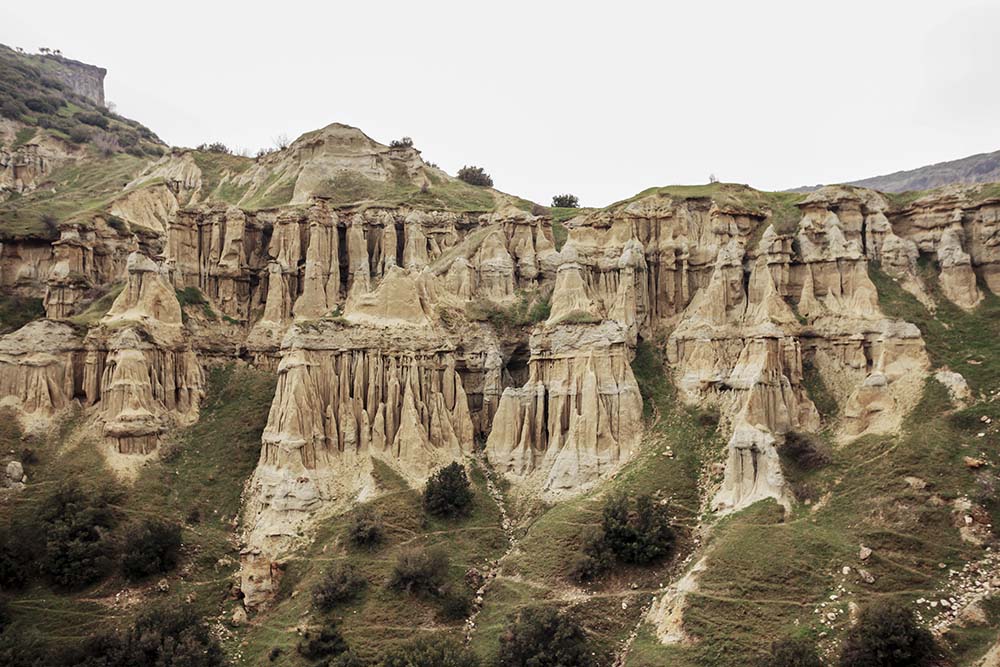
Fairy Chimneys, Kula Geopark.
When the mother of Kanuni Sultan Süleyman became ill, nothing could heal her. Then, she got well thanks to Mesir Paste prepared with 41 kinds of spices. After this incident, Sultan distributed the rest of the paste to the public. That is why the Mesir Paste Festival is an annual festival in the city.
Places to Visit
Historical and sight-seeing places in the city include:
- Manisa Castle: Built on the foothills of Spil Mountain, this place attracts attention with its historical atmosphere. It is definitely a must-see.
- İvaz Paşa Mosque, Manisa Muradiye Mosque: İvaz Paşa Mosque have been protected since the 1400s. Muradiye Mosque reflects Mimar Sinan traces.
- Crying Rock: It was noticed that no water was coming from this rock when kids were playing near it. It has a legend dating back to ancient times.
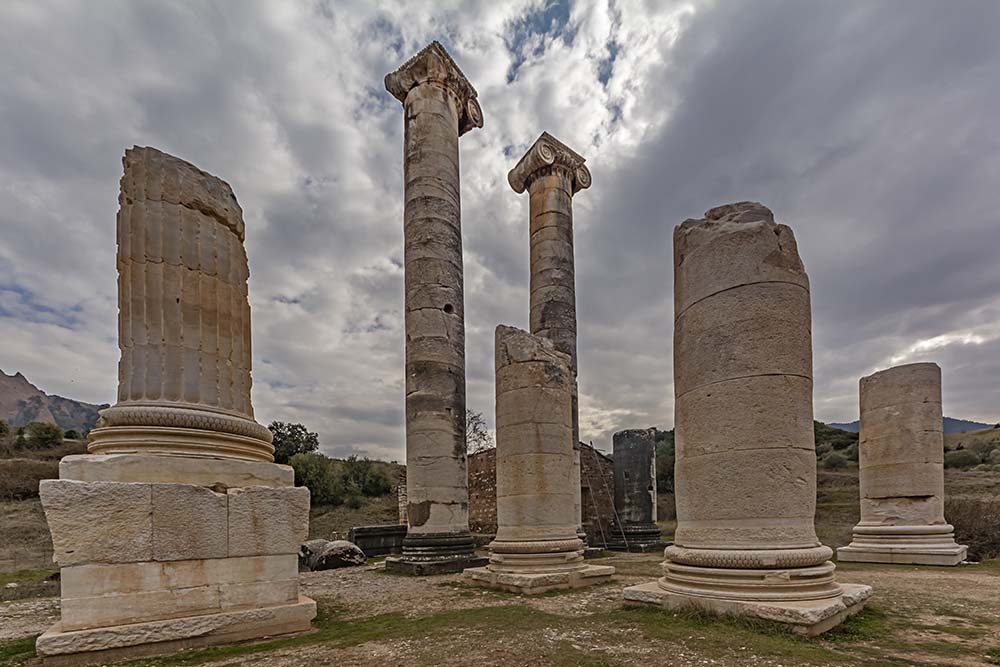
Artemis Temple
- Sardes Ancient City (which is listed as UNESCO World Heritage Site in July 2025)
- Sart Ancient City
- Urganlı Thermal Springs
- Manisa Museum
- Spil Mountain National Park: With its almond trees, this place is especially preferred during spring and summer seasons. The altitude of the mountain is 1500 meters, and naturally it gets snowfall in winters and is a great place for winter sports.
- Historical Kula Houses: Examples of civil Ottoman architecture
- Mevlevi Lodge
- Sinan Bey Madrasa
- Ulu Camii Social Complex as the oldest mosque in Manisa.
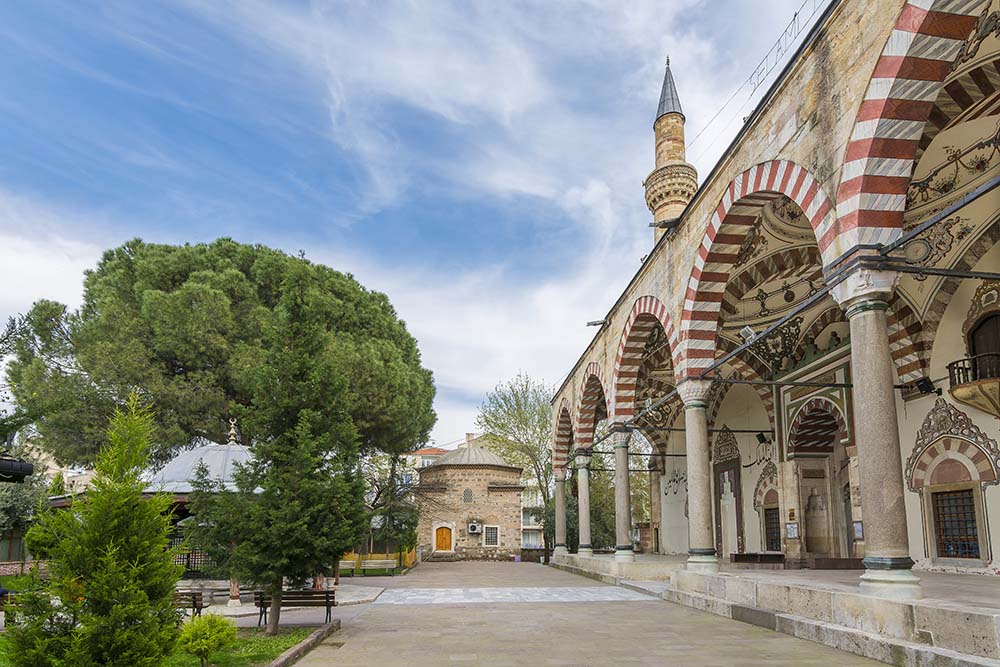
The Sultan Mosque and the adjoining religious complex were built in Manisa by Ayse Hafsa Sultan, the wife of Sultan Selim.
Cuisine
In accordance with its fertility, climate conditions, and location, Manisa has quite a rich cuisine. The most famous dishes are mantı with chickpea, Manisa kebab, bagel bread, pita with squash, pea with nut and garlic sauce, Alaşehir lamb stew, and Kula casserole.
How to Get There
Highway and railway options are available for travelling into Manisa. Transportation through buses or automobiles is manageable. People from far distances can travel to Manisa in a short period of time via the İzmir Airport, since the Manisa-İzmir road takes only 45 minutes.

